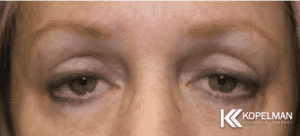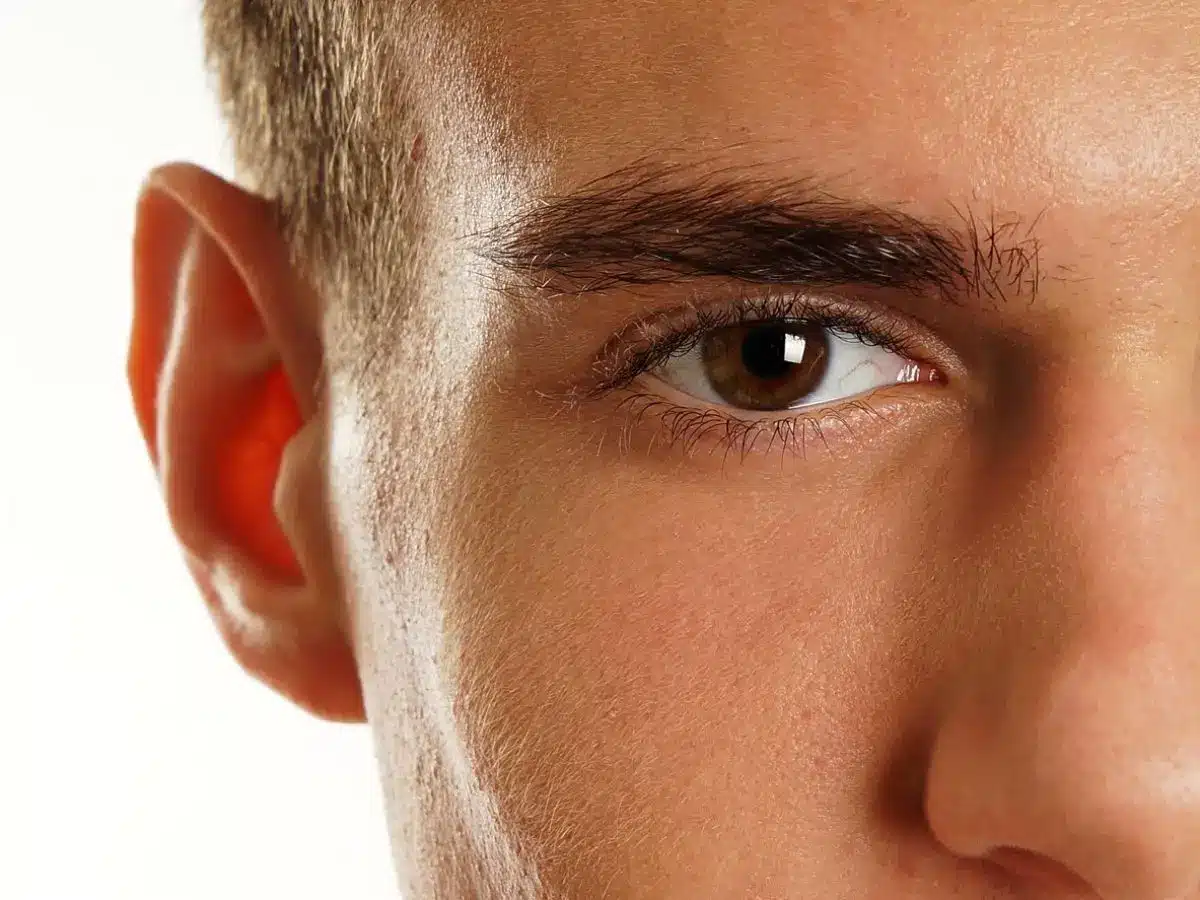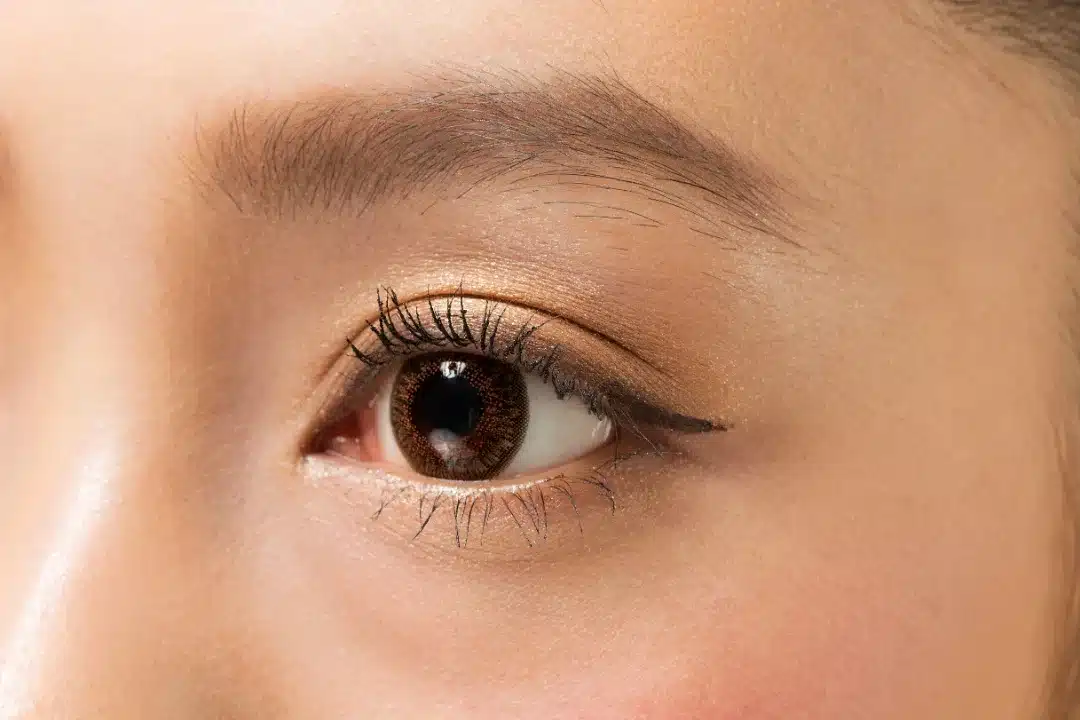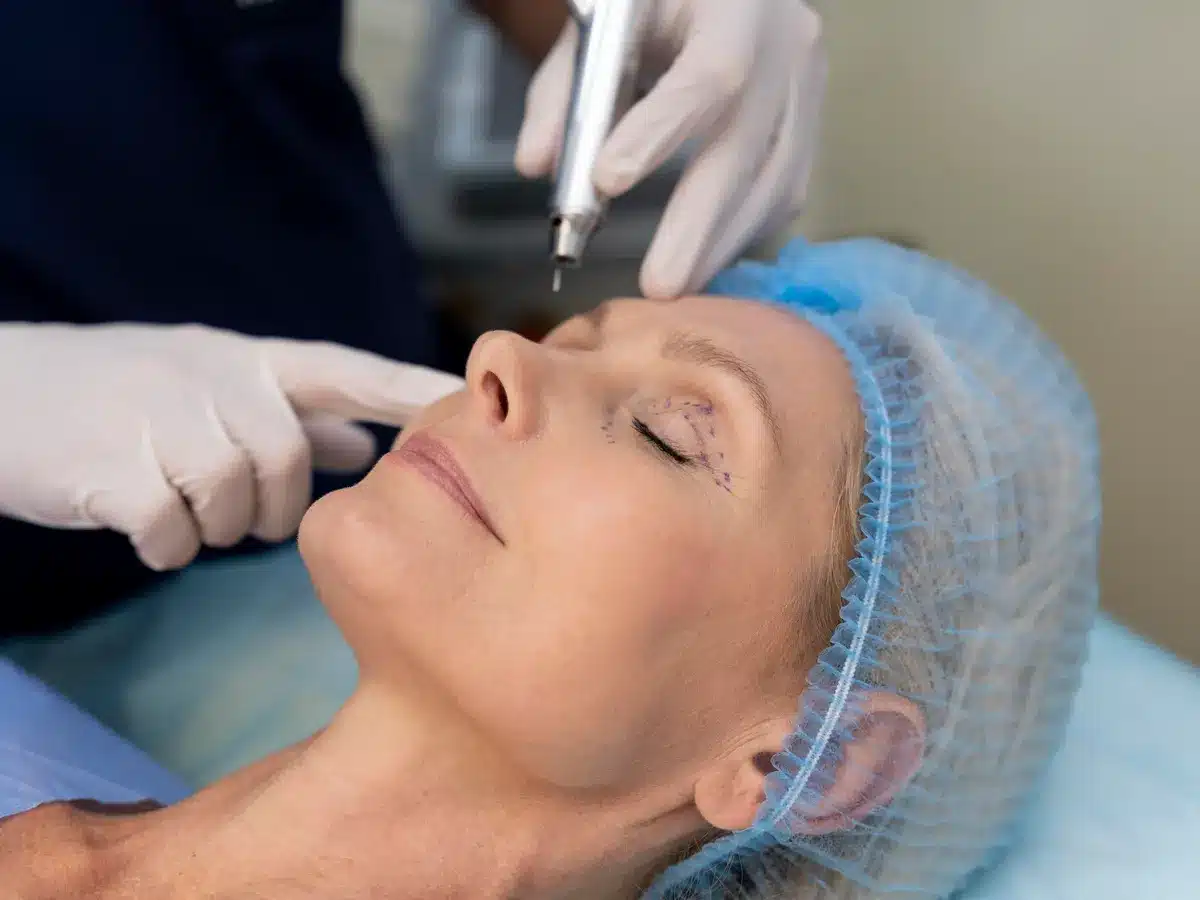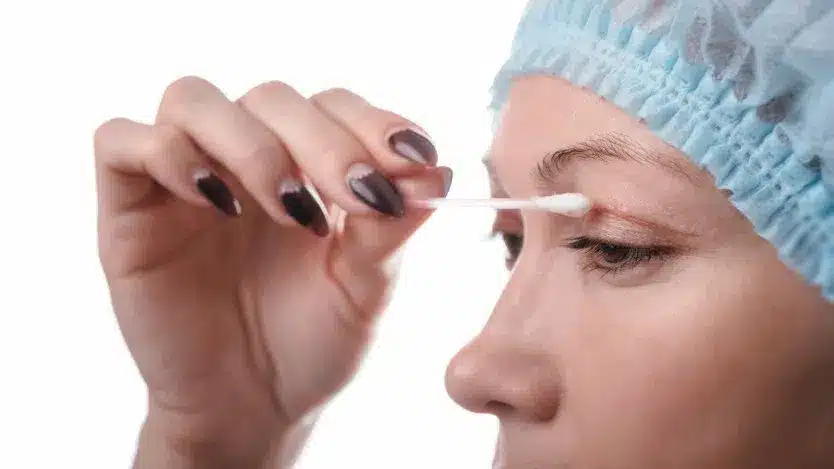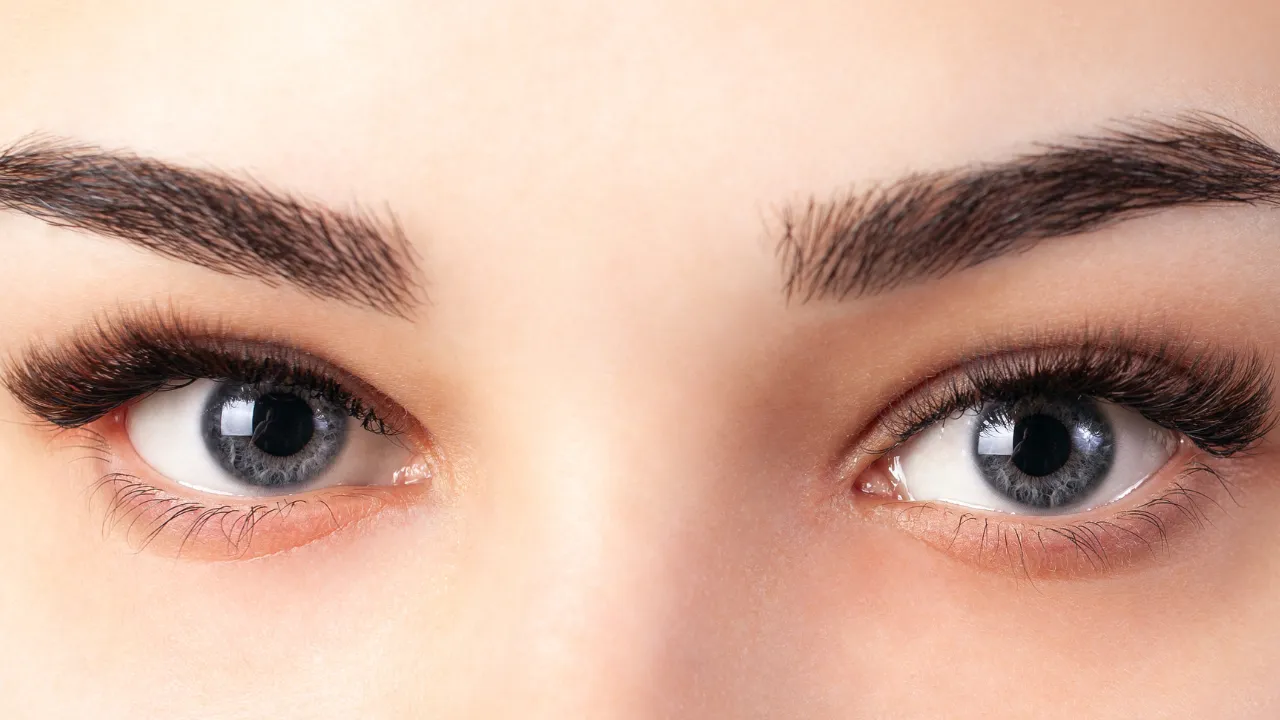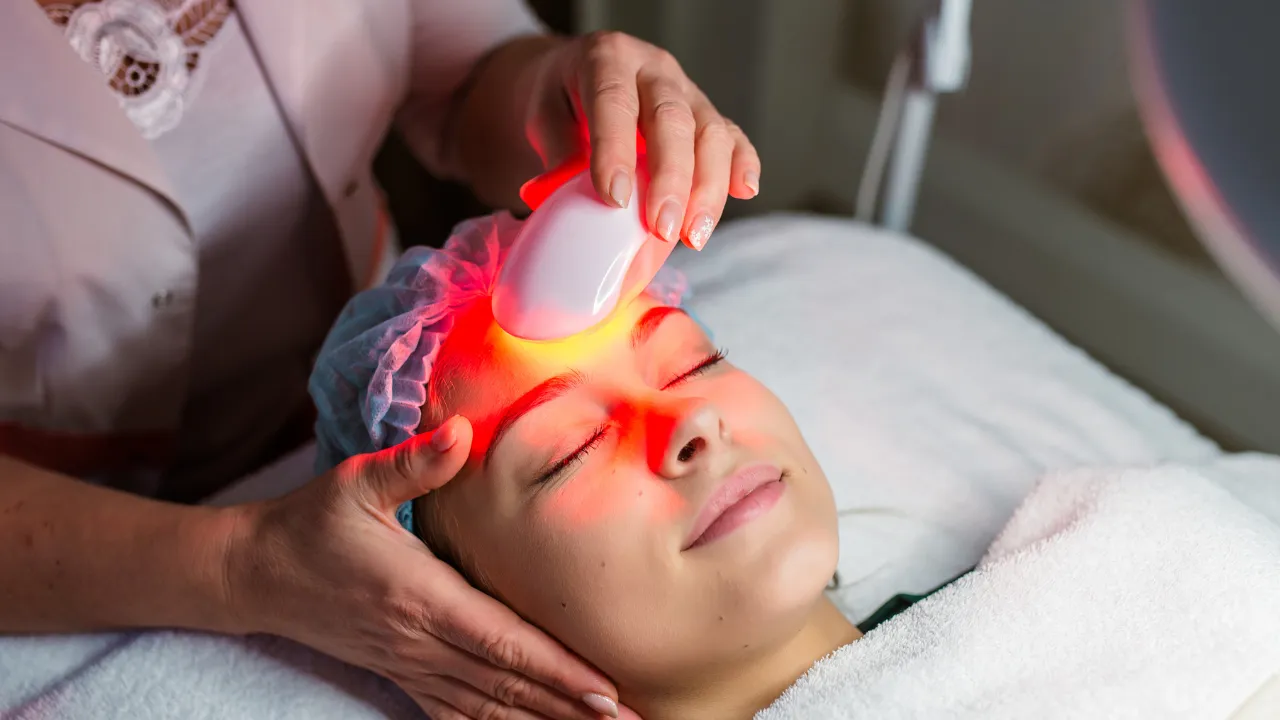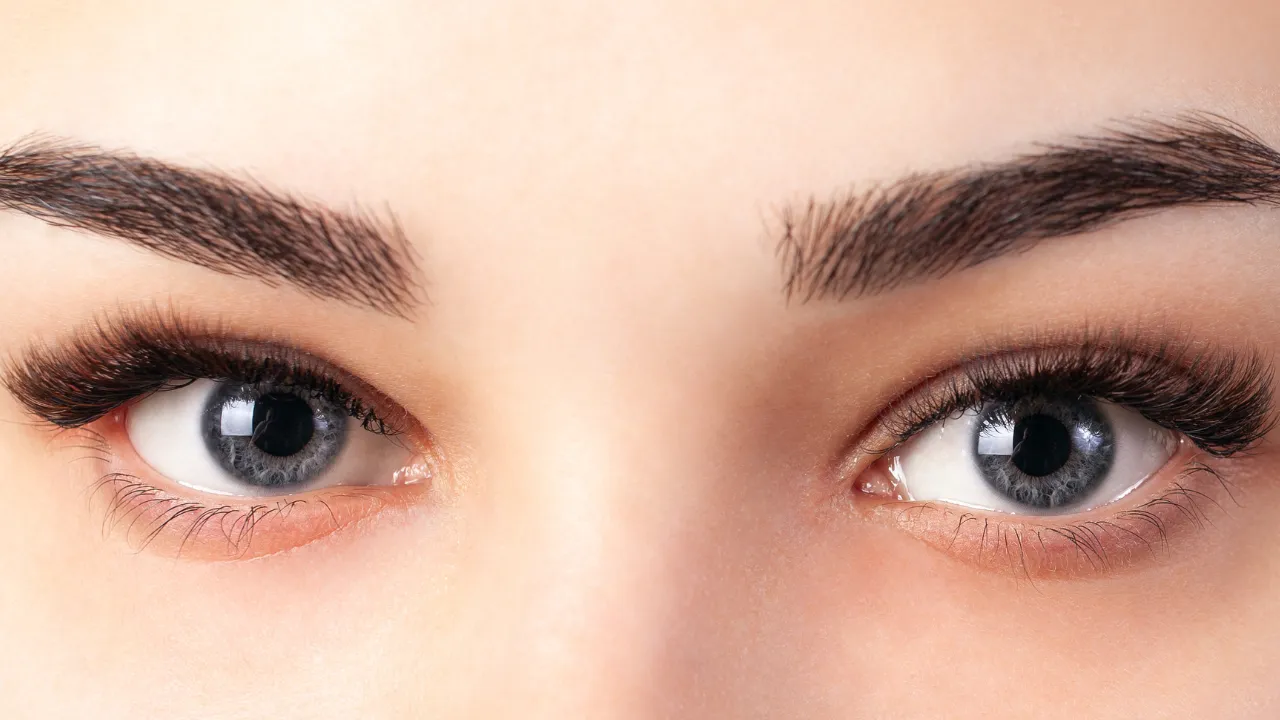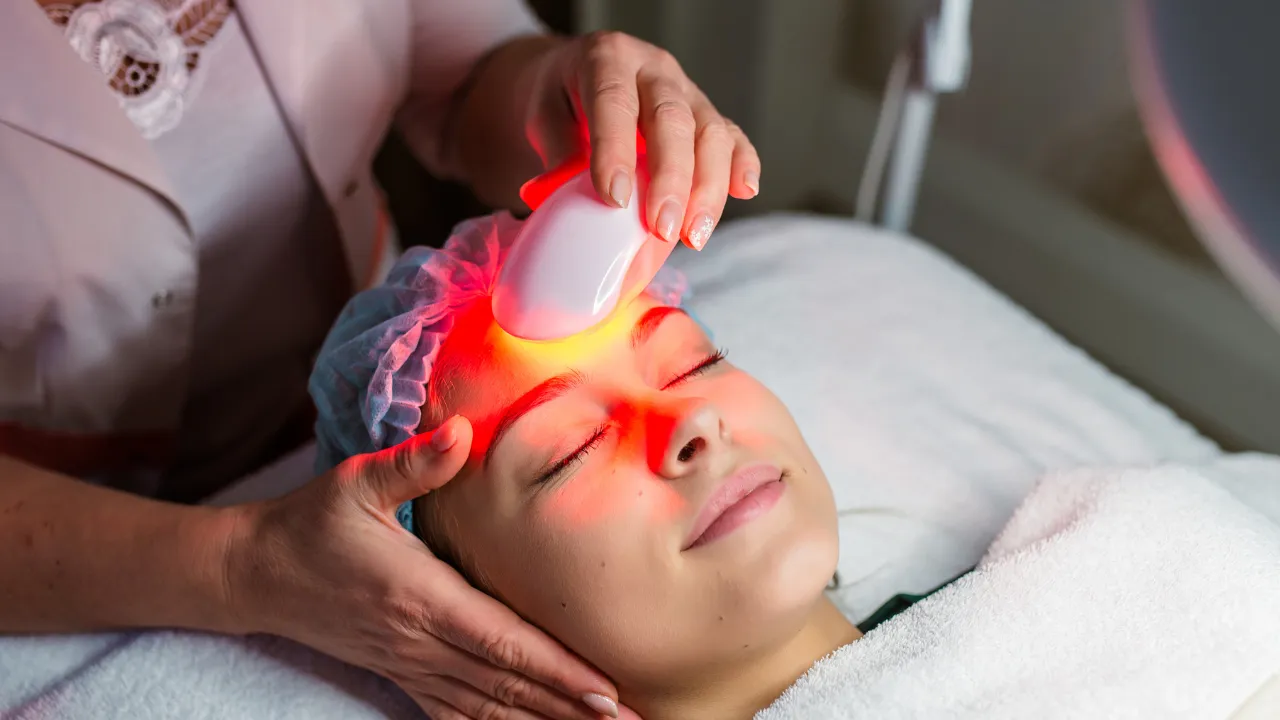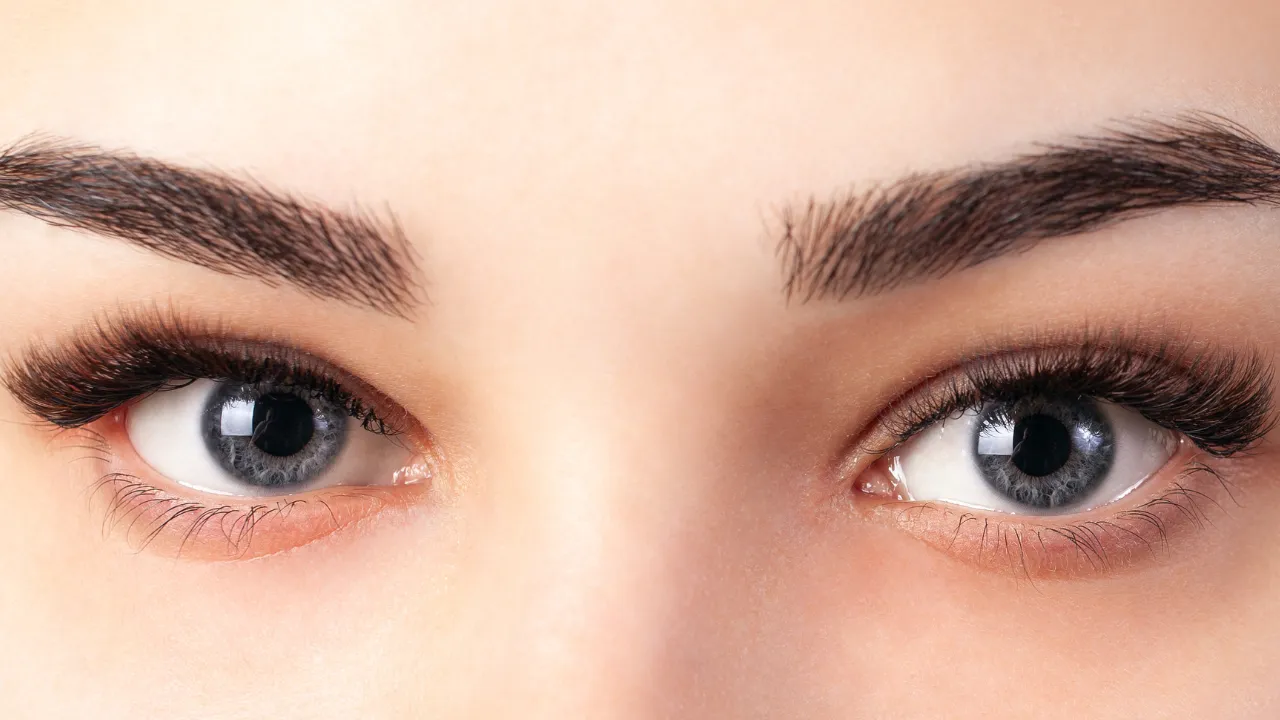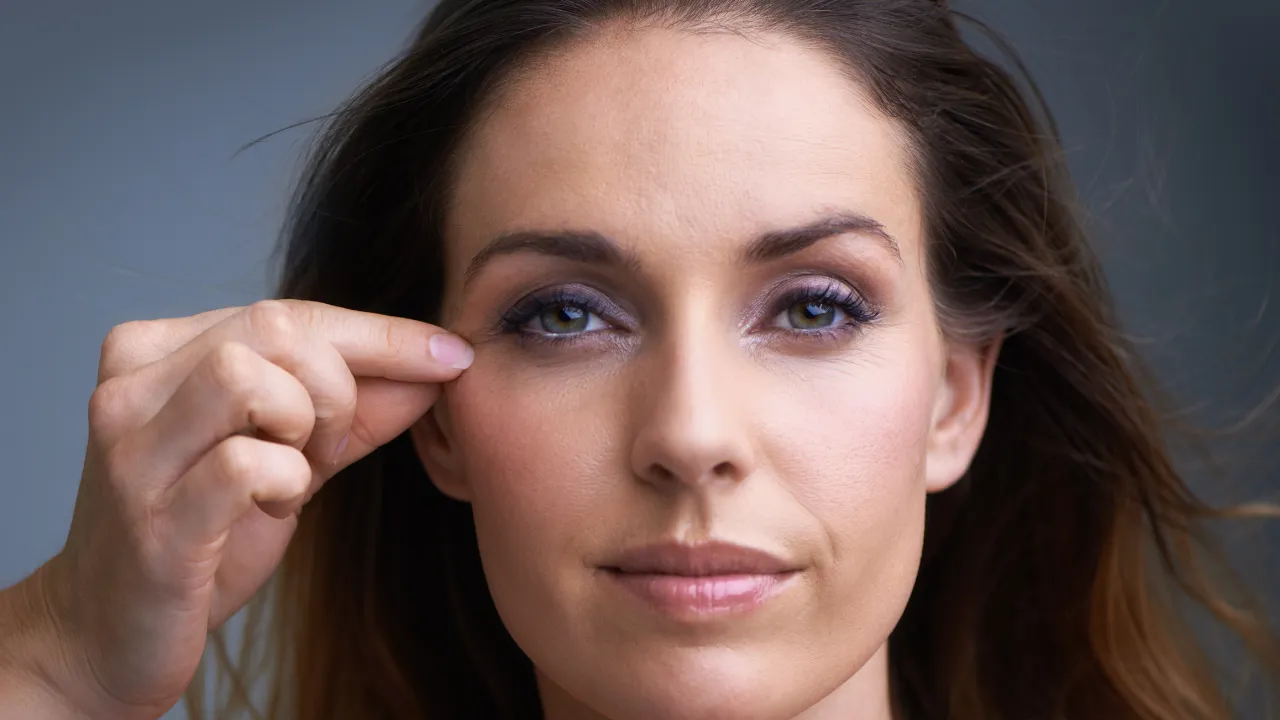Ptosis refers to eyelid drooping, which can impact both vision and appearance. Dr. Joel Kopelman, an expert at Kopelman Aesthetic Surgery, explains the different types of ptosis and their implications for patients.
With over 35 years of surgical experience, Dr. Kopelman provides trusted care for individuals seeking answers and treatment.
Table of Contents
ToggleKey Takeaways
- Ptosis can be congenital at birth or acquired later from aging, disease, or injury.
- Acquired forms include involutional, aponeurotic, neurogenic, myogenic, mechanical, and traumatic ptosis.
- Diagnosis involves tests such as marginal reflex distance, ocular motility, and checks of the levator aponeurosis and tarsal plate.
- Treatment may involve ptosis surgery or non-surgical aids such as eyelid crutches and managing underlying conditions.
- See a specialist if eyelid drooping affects your vision or occurs after eye surgery.
Main Types of Ptosis
What Are the Two Types of Ptosis?
There are two main types: congenital ptosis and acquired ptosis. Congenital conditions start at birth. Acquired conditions develop later due to aging, disease, or injury. Knowing which type you have helps guide proper treatment.
Congenital Ptosis
Congenital ptosis happens when the levator palpebrae superioris muscle, which lifts the eyelid, does not form well.
Children may have a droopy eyelid that blocks their vision. If left untreated, this can lead to lazy eye. Doctors often see children tilting their heads back to see better.
What Causes Ptosis in Children?
In most children, the cause is poor muscle development. Other causes may include nerve damage, birth injury, or disease. Signs include poor eye movement, uneven eyelids, or frequent brow lifting. Early care is key to protecting vision.
Types of Acquired Ptosis
Acquired ptosis starts later in life. Common forms are involutional ptosis, aponeurotic ptosis, neurogenic ptosis, myogenic ptosis, mechanical ptosis, and traumatic ptosis.
Doctors measure ocular motility, eyelid height, and marginal reflex distance to find the exact type.
Involutional Ptosis (Age-Related)
Involutional ptosis is the most common. As people age, the levator aponeurosis stretches or pulls away from the tarsal plate, causing eyelid drooping.
Risk factors include contact lens wear, eye surgery, or frequent eye rubbing. Ptosis repair surgery is often needed to reattach the muscle.
Aponeurotic Ptosis
Also known as ptosis aponeurotic, this type occurs when the levator aponeurosis is stretched or torn. It often shows as a high eyelid crease and one eyelid drooping more than the other. This may appear after cataract or other head and neck surgeries.
Neurogenic Ptosis
Neurogenic ptosis occurs when nerves to the eyelid are damaged. Causes include myasthenia gravis, third nerve palsy, or Horner syndrome.
Patients may also have poor ocular motility or uneven pupils. Treatment focuses on the nerve problem, although ptosis surgery may be helpful in severe cases.
Myogenic Ptosis
Myogenic ptosis is due to weak eyelid muscles. It often appears in diseases like muscular dystrophy.
The levator palpebrae superioris cannot lift the eyelid fully, causing sagging. Doctors test muscle strength to determine if ptosis repair is an option or if treating the underlying disease is more effective.
Mechanical Ptosis
In mechanical ptosis, something weighs down the eyelid. This may include tumors, swelling, scars, or loose skin. It is common in older adults with extra eyelid skin. Surgery to remove tissue usually fixes the problem.
Traumatic Ptosis
Ptosis traumatica occurs after an eyelid injury. Damage to the levator aponeurosis, tarsal plate, or nerves can cause traumatic ptosis. Surgery is often needed to rebuild the eyelid and restore its function.
Unilateral vs. Bilateral Ptosis
Common Causes of Unilateral Ptosis
When one eyelid droops, it is called unilateral ptosis. Unilateral ptosis causes include trauma, aponeurotic changes, or myasthenia gravis.
Doctors also examine the head and neck anatomy, as uneven lids may indicate nerve disease.
Risks of Bilateral Ptosis
Bilateral ptosis affects both eyelids. It is often linked to myogenic disorders or general muscle weakness. It can block vision, forcing people to raise their brows or keep tilting their head.
Careful testing helps find whether aging or disease is the cause. If eyelid heaviness interferes with vision, you may want to learn more about functional eyelid surgery.
Comparison of Unilateral vs. Bilateral Ptosis
| Feature | Unilateral Ptosis | Bilateral Ptosis |
| Affected Eyelid(s) | One eyelid | Both eyelids |
| Common Causes | Trauma, aponeurotic changes, myasthenia gravis | Myogenic disorders, systemic weakness |
| Patient Behaviors | May raise one brow or tilt head slightly | Often adopt a pronounced tilting of their head or brow lifting |
| Risks | May suggest local nerve damage or trauma | Higher chance of systemic disease |
Patient Outlook
Most cases of ptosis can be managed well. Early treatment prevents vision problems and avoids habits like brow lifting or head tilting. With modern ptosis repair, both function and appearance can be restored.
Patients often ask, How long does ptosis surgery last? Results vary, but in most cases, the benefits are long-term.
Everyday Impact of Ptosis
Ptosis affects daily life. It can narrow side vision, making tasks like driving, reading, or using long screens more challenging. Many patients also feel tired from holding their eyelids open.
To cope, people may lift their brows or keep tilting their head back. These tricks may help for a while, but can cause headaches or strain in the head and neck.
Causes, Symptoms, and Diagnosis
Diagnostic Evaluation
Doctors use several tests to check ptosis:
- Measure the marginal reflex distance to see the lid position.
- Check ocular motility to find nerve or muscle issues.
- Examine the tarsal plate and levator palpebrae superioris muscle.
These tests help determine whether ptosis is caused by weak muscles, nerve damage, or excessive weight on the eyelid.
Can Ptosis Cause Headaches?
Ptosis itself does not cause pain, but it can lead to strain. Many patients overuse their forehead muscles or adjust their posture to improve their vision.
This strain may create headaches or discomfort in the head and neck. Fixing the eyelid often reduces these symptoms.
Can Ptosis Occur After Cataract Surgery?
Yes, ptosis can follow cataract surgery. Instruments may stretch the levator aponeurosis or nearby nerves.
Most cases are mild and resolve on their own, but some require ptosis repair. Doctors use the marginal reflex distance to track severity.
Treatment and Repair Options
Ptosis Surgery and Repair Methods
Ptosis surgery is the main option for moderate or severe cases. Surgeons may shorten or reattach the levator aponeurosis to lift the lid.
These surgeries aim to enhance vision and achieve a natural appearance.

Non-Surgical Management
Mild ptosis may not need surgery. Some people use eyelid crutches on glasses to hold the lid up. Doctors may also treat underlying risk factors such as muscle disease or nerve damage. These methods are temporary, while surgery offers lasting results.
When to See a Specialist
If you have ongoing eyelid drooping or vision problems, see an oculoplastic surgeon. Dr. Kopelman and the team at Kopelman Aesthetic Surgery offer advanced ptosis treatment in NYC, utilizing specialized tests and tailored plans.
Early care helps protect your vision and restore your natural eyelid position. If you notice symptoms that affect your daily life, you can also schedule a consultation with Dr. Joel Kopelman to explore treatment options tailored to your specific needs.


